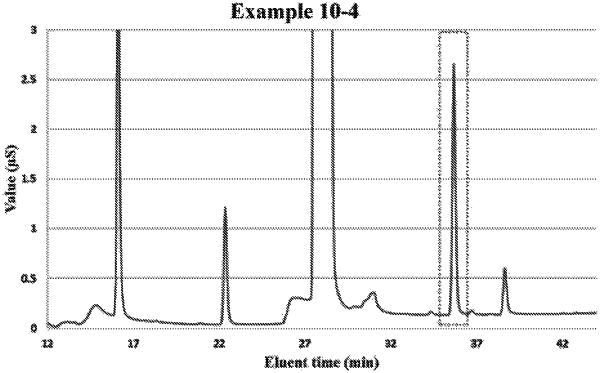| CPC H01M 4/366 (2013.01) [C07D 277/36 (2013.01); C07D 295/14 (2013.01); H01M 4/525 (2013.01); H01M 4/628 (2013.01); H01M 10/0525 (2013.01); H01M 2004/028 (2013.01)] | 9 Claims |

|
1. A cathode active material for a lithium secondary battery, comprising:
a lithium metal oxide particle; and
a thio-based compound formed on at least portion of a surface of the lithium metal oxide particle, the thio-based compound including a thioamide compound represented by Structural Formula 1,
wherein the thio-based compound forms a coating layer, a ligand bond or a complex bond on the surface of the lithium metal oxide particle:
 wherein, in the Structural Formula 1 above, R1 represents hydrogen, halogen, a salt containing O−or S−, a C1-C10 hydrocarbon group capable of substituted with a substituent group, a C1-C10 alkoxy group, an amine group, an amine group substituted with a C1-C10 alkyl group, a C1-C10 thioalkyl group or a thioamide group,
wherein R2 and R3 are each independently hydrogen or a C1-C10 hydrocarbon group capable of substituted with a substituent group, R2 and R3 are capable of being fused together to form a ring, and
wherein the substituent group capable of being combined with R1, R2 and R3 includes halogen, a cyano group, a hydroxyl group or a carboxyl group.
|